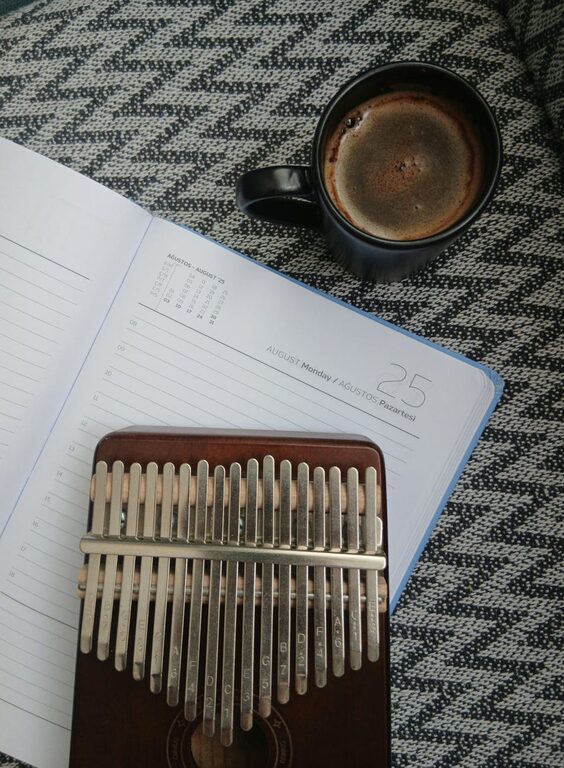Creativity is not just for artists or writers—it’s a skill that everyone can develop and benefit from. Practicing creativity daily can enhance problem-solving, reduce stress, and bring more joy to everyday life. If you’re wondering how to nurture your creative side without feeling overwhelmed, this post shares simple and practical ways you can practice creativity every day.
Why Practice Creativity Daily?
Creativity is like a muscle—the more you use it, the stronger it becomes. By cultivating creativity regularly, you can:
– Improve your ability to generate new ideas
– Find innovative solutions to challenges
– Enhance your mood and reduce stress
– Boost confidence in expressing yourself
The good news is that practicing creativity doesn’t require special talent or a lot of time. Small, consistent actions can make a big difference.
Simple Ways to Practice Creativity Every Day
1. Keep a Creativity Journal
Journaling doesn’t have to be about deep emotions only. It can also be a playground for your thoughts and ideas.
– Write down interesting ideas as they come to you.
– Sketch something that catches your attention.
– Reflect on what inspired you that day.
Having a dedicated notebook or app for creative thoughts encourages you to capture moments of inspiration and revisit them later.
2. Try a Daily Drawing or Doodle
You don’t need to be a professional artist to benefit from drawing. Doodling or sketching for just 5–10 minutes daily can spark new ideas and relax your mind.
– Draw random shapes or patterns.
– Sketch objects around you.
– Illustrate your mood or a memory.
This practice helps train your brain to think visually and creatively.
3. Explore New Recipes or Flavors
Cooking is a great way to experiment and get creative. Trying new recipes or mixing unexpected ingredients can engage your senses and inspire fresh thinking.
– Modify a favorite recipe with new spices.
– Combine ingredients you’ve never tried before.
– Plate your food in a creative way.
Approaching cooking playfully encourages creative thinking in a practical context.
4. Take a Different Route or Change Your Routine
Routine can stifle creativity, so occasionally changing your environment or habits can open new perspectives.
– Walk a different route to work or the store.
– Rearrange your workspace or room.
– Try a new hobby or activity.
These small changes break monotony and invite new experiences, which feed creativity.
5. Practice Mindfulness and Observation
Creativity often starts with noticing what’s around you. Mindfulness helps you focus on the present moment and find inspiration in everyday details.
– Spend a few minutes observing nature or your surroundings without distractions.
– Notice colors, shapes, sounds, and textures.
– Reflect on what stands out or feels interesting.
This heightened awareness can spark ideas you might otherwise miss.
6. Write a Short Story or Poem
Writing creatively is a powerful way to express your thoughts and feelings. You don’t have to aim for perfection—just the act of writing is valuable.
– Set a timer for 10 minutes and write whatever comes to mind.
– Create characters or scenarios from your daily experiences.
– Experiment with different styles or genres.
Writing regularly helps develop your imagination and linguistic creativity.
7. Collaborate or Share Ideas with Others
Creativity thrives in community. Talking with others can introduce new viewpoints and encourage idea exchange.
– Join a creative group or online forum.
– Brainstorm ideas with friends or colleagues.
– Share your projects or get feedback.
Collaboration can energize your creative process and help overcome creative blocks.
8. Make Time for Play and Experimentation
Playfulness is an important ingredient in creativity. Allowing yourself to experiment without pressure frees your mind to explore.
– Engage in playful activities like puzzles, crafts, or improvisation.
– Try combining unrelated ideas or mediums.
– Accept mistakes as part of learning and creativity.
Embracing a playful attitude invites discovery and innovation.
Tips to Stay Consistent
Building a daily creativity habit can be easier with a few strategies:
– Set a small, manageable goal: Even 5 minutes a day adds up.
– Schedule creativity time: Put it on your calendar as an appointment.
– Create a dedicated space: Having a special area can motivate you to practice.
– Celebrate progress: Keep track of your creative efforts and milestones.
Remember, creativity is personal, so focus on enjoying the process rather than judging the outcome.
Final Thoughts
Practicing creativity every day doesn’t require grand gestures or special skills. Simple activities like journaling, doodling, trying new things, and observing your environment can make a big impact. By making creativity part of your daily routine, you open doors to new ideas, personal growth, and a more vibrant life.
Start small, stay curious, and enjoy the journey of creative discovery!

